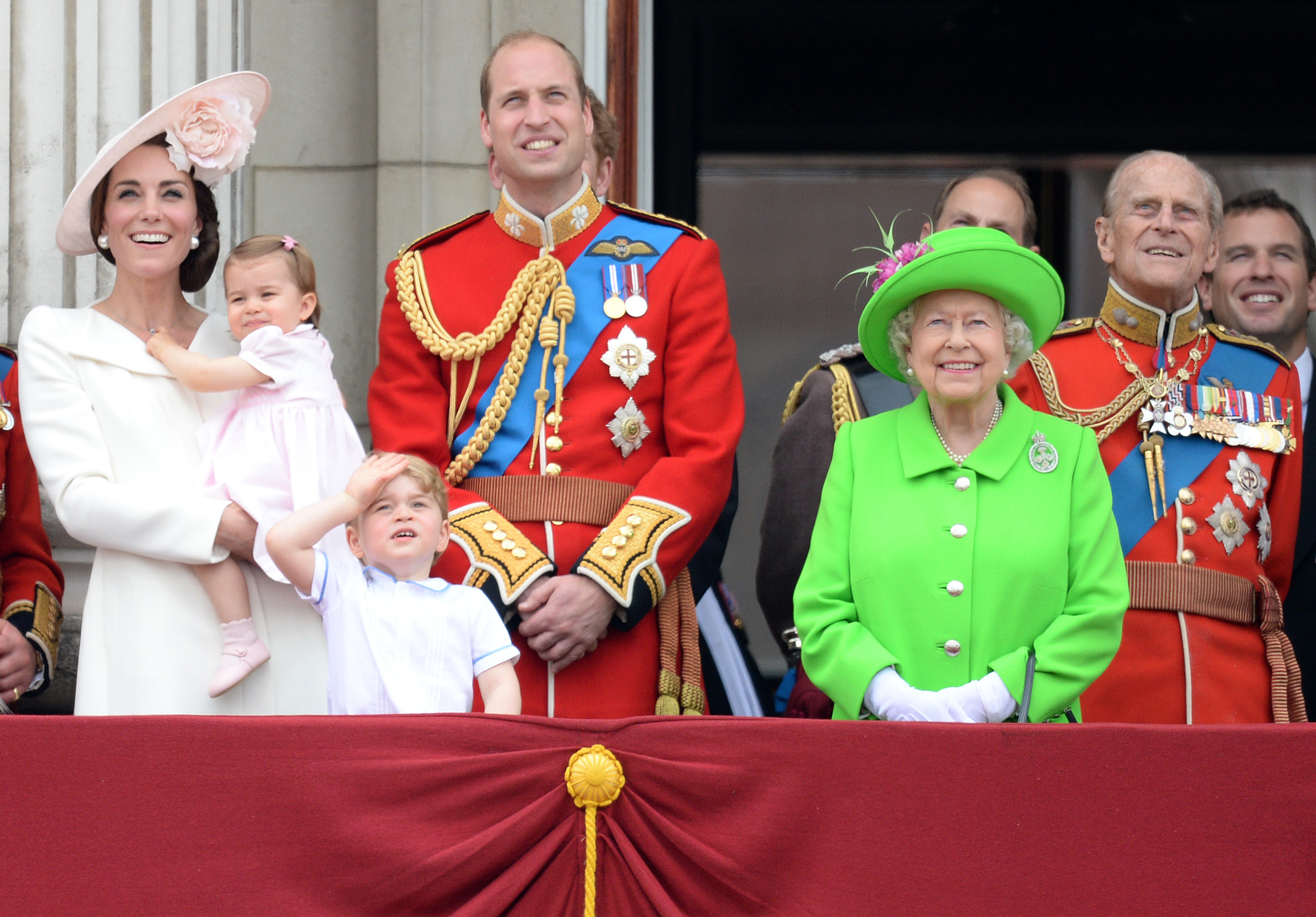When Meghan Markle became the Duchess of Sussex upon marrying Prince Harry in 2018, many wondered if she would take on the royal family’s last name, Mountbatten-Windsor. Yet, much like Catherine, Princess of Wales, often known by her maiden name Kate Middleton, Meghan, Duchess of Sussex is rarely, if ever, formally addressed with a surname. This practice might raise questions about the necessity and even existence of a family name within the British Royal Family.
And indeed, when Prince Harry and Meghan introduced their son, Archie Harrison Mountbatten-Windsor, to the world, the inclusion of the surname “Mountbatten-Windsor” sparked curiosity. Does the royal family actually have a last name? If so, what is it and why isn’t it used more often?
What’s in a Name? The Royal Family’s Last Name Explained
The truth is, the British Royal Family does have a surname: Mountbatten-Windsor. However, their unique position in global society often renders it unnecessary. As the official royal website clarifies, “Members of the Royal Family can be known both by the name of the Royal house, and by a surname, which are not always the same,” further noting, “And often they do not use a surname at all.”
 Trooping The Colour 2016
Trooping The Colour 2016
This implies that Prince Harry’s full name could technically be Henry Charles Albert David Mountbatten-Windsor, and Meghan Markle’s could have become Rachel Meghan Mountbatten-Windsor upon their marriage. However, the reality is that surnames are typically reserved for royal family members who do not hold a title, or in specific administrative contexts like school or military service. For everyday use, especially for prominent figures like Harry and Meghan, titles and first names suffice.
Interestingly, members of the Royal Family can also adopt a surname derived from their official titles. Princes William and Harry, for instance, were known as William Wales and Harry Wales during their school and military years, taking “Wales” from their father, Prince Charles’, title as the Prince of Wales. Similarly, Prince George has been known as George Cambridge at school, drawing from his father Prince William’s title, the Duke of Cambridge. This adaptability highlights the flexible and somewhat informal nature of surname usage within the royal family.
When in doubt about addressing a royal, sticking to their first name and title remains the most appropriate and respectful approach.
Queen Elizabeth’s Surname: A Matter of Windsor
Queen Elizabeth II, born Princess Elizabeth Alexandra Mary Windsor in 1926, was a member of the House of Windsor from birth. Her father was the Duke of York, who later became King George VI, and her mother was Queen Elizabeth the Queen Mother. Elizabeth ascended to the throne in 1952, solidifying Windsor as the reigning royal house.
So, if Queen Elizabeth needed a last name, it would indeed be Windsor. This name is deeply intertwined with the modern identity of the British monarchy.
The Evolution of a Name: From Saxe-Coburg-Gotha to Windsor
While Queen Elizabeth was born a Windsor, this wasn’t always the family’s name. The shift to Windsor is a fascinating piece of royal history, rooted in the sentiments of World War I. In 1917, King George V, Queen Elizabeth’s grandfather, made a pivotal decision. To distance the British monarchy from its German heritage amidst anti-German feelings during the war, he changed the royal house name from Saxe-Coburg-Gotha to Windsor. Simultaneously, Windsor was declared the official surname of the royal family going forward.
Before 1917, British royals were primarily identified by their first names and the house or dynasty they belonged to, such as Tudor or Stuart, or in the case of Queen Victoria, the House of Hanover. The adoption of Windsor marked a significant turning point, creating a distinctly British identity for the monarchy.
Later, after Queen Elizabeth II married Lieutenant Philip Mountbatten (Prince Philip) in 1947 and became Queen in 1952, she further adjusted the family name. To honor her husband, she declared in 1960 that her male-line descendants, except for those styled as Royal Highness and holding the title of Prince/Princess, or female descendants who marry, would carry the hyphenated surname Mountbatten-Windsor.
 Royal Couple
Royal Couple
Mountbatten-Windsor: The Royal Family Name Today
Therefore, the official family name of the British Royal Family today is Mountbatten-Windsor. This hyphenated surname is used by descendants of Queen Elizabeth II through the male line when a surname is required. It represents a blend of the historic House of Windsor and Prince Philip’s surname, Mountbatten, acknowledging both the royal lineage and the Queen’s husband’s influence.
In essence, while rarely used in everyday contexts due to their global recognition and titles, the British Royal Family does indeed possess a surname. Mountbatten-Windsor stands as a testament to the family’s historical evolution and the personal touches that have shaped its modern identity.

